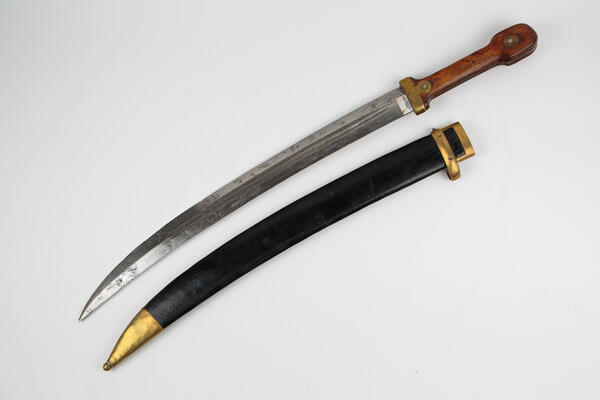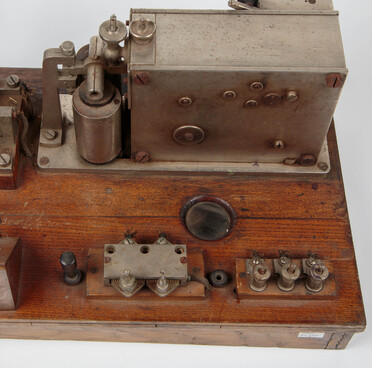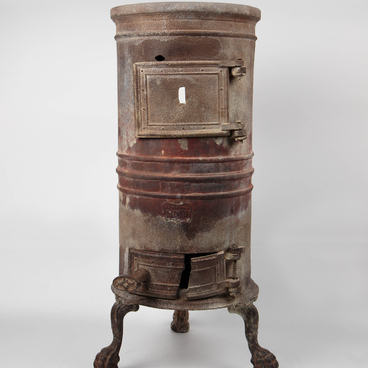A bebut is one of the main types of Caucasian daggers. It has a curved blade with one cutting edge or both edges sharpened. The length of a bebut dagger usually does not exceed 60 centimeters, and the blade has fullers — narrow grooves. In 1907, by Order No. 287 of the Military Department, the bebut dagger was adopted by the Russian army.
Alexander Nikolaevich
Kulinsky, chief curator of the Military Historical Museum of Artillery,
Engineers and Signal Corps, in his book “Russian Edged Weapons of Soldiers, Sailors
and Civilians of 1800–1917”, wrote about the bebut as follows:



